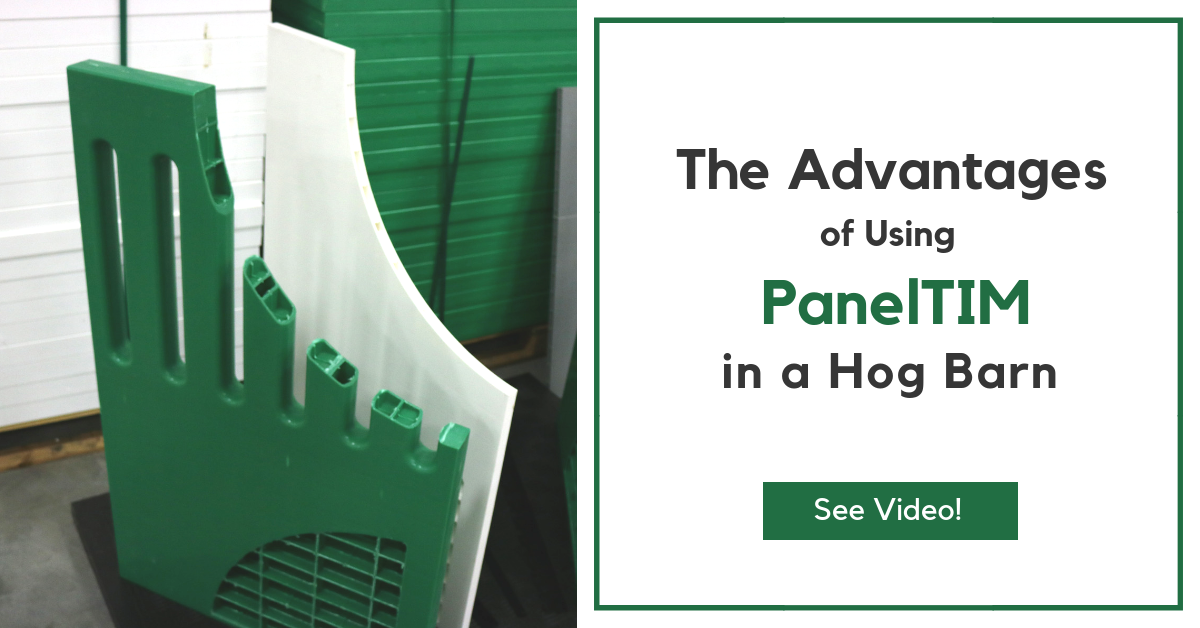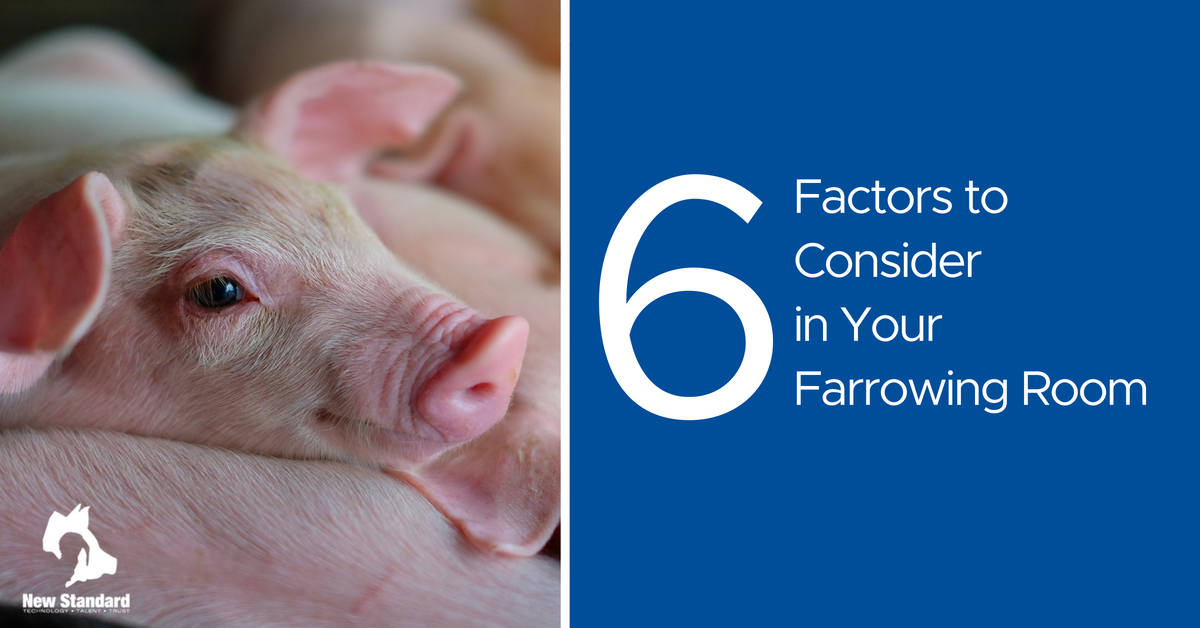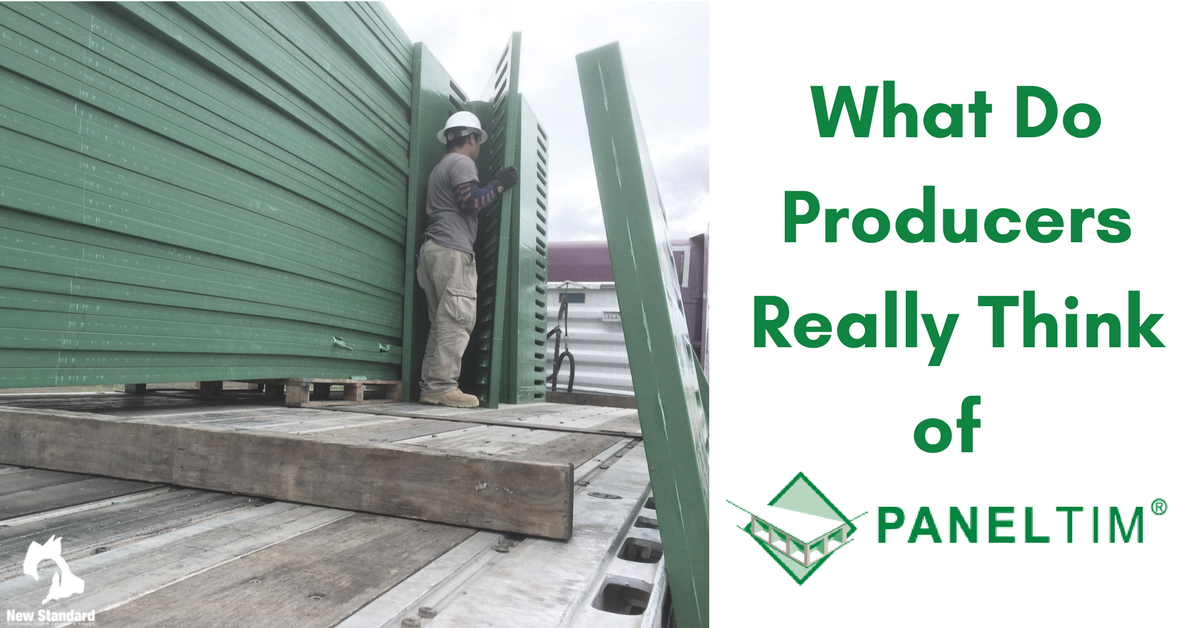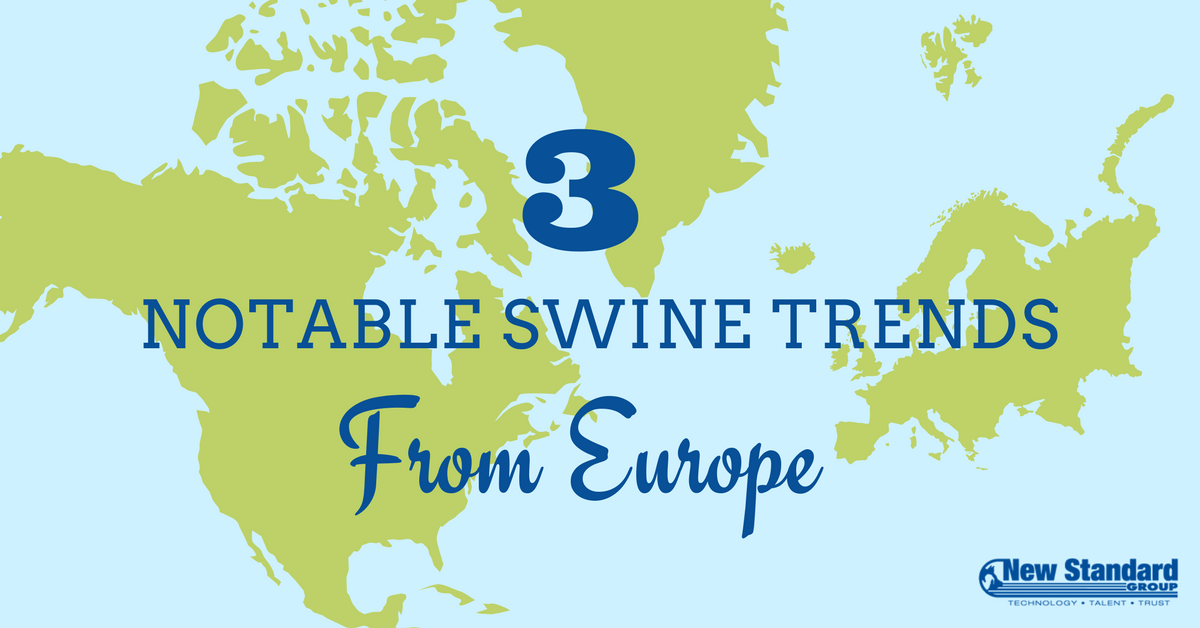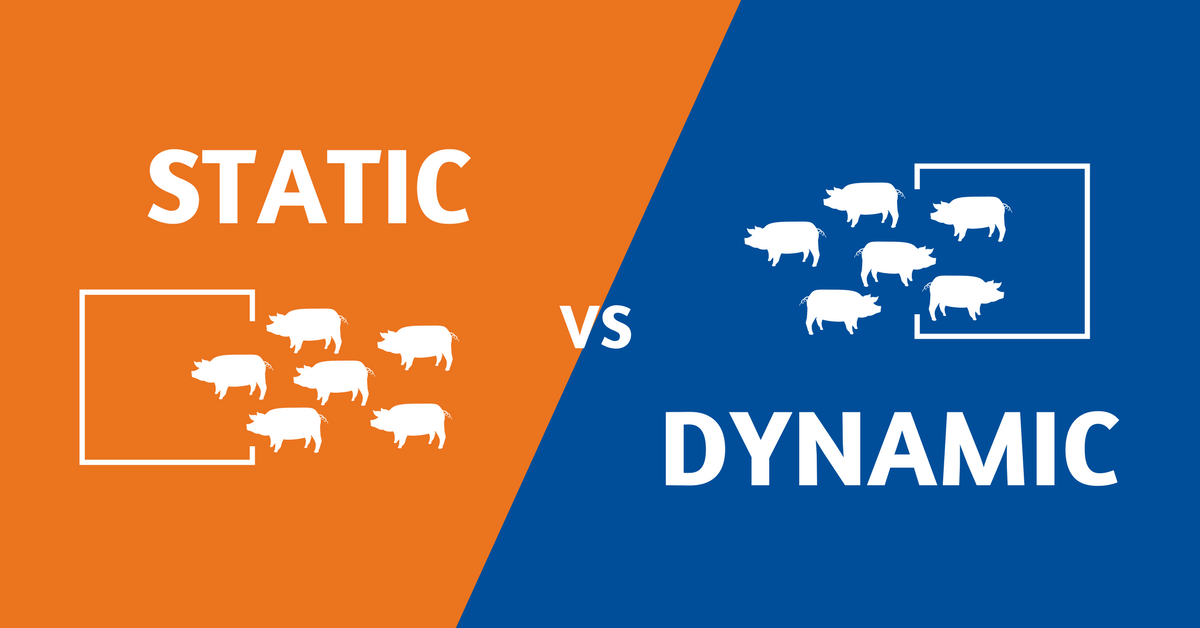Imagine touring a barn without infringing on biosecurity concerns. Now, imagine touring the barn from the comfort of your favorite chair, with your favorite snack and beverage at the ready. Too good to be true? Think again!
I was contacted a while ago by someone from the NCFAD, which if you are like me, you can be forgiven for not having a hot clue what that is. So I asked, and was told that The National Center for Foreign Animal Disease is part of CFIA (Canadian Food Inspection Agency) and is located in the Canadian Science Center for Human and Animal Health which also houses the Public Health Agency of Canada’s National Microbiology Laboratory in Winnipeg, MB. That should be enough governmental alphabet soup to make anyone turn and run the other way, but I decided that I would at least hear them out on what they required from me.
The retrofit project at Greenwald Colony is well underway. The Greenwald Colony is converting their traditional gestation stall barn into a loose sow housing set up with an electronic sow feeding systems (ESF). Kevin Kurbis (New Standard Ag) had designed the project and is facilitating the entire remodel. This video shows the barn (still mostly stalls) at the beginning of the transformation. Kevin explains the process and many of the steps we are going to see along the way. So without further delay - here's Kevin!
In the hog industry, cleanliness is next to godliness. But keeping things clean in the barn can be a chore when you are working with substandard materials. That's one of the reasons we are so passionate about using high quality penning and gating materials like PanelTIM. With a product like PanelTIM you can feel good about your investment, knowing that your barn environment will be easier to clean, and your pigs won't be able to destroy the product. Listen as Marc explains the reasons PanelTIM penning and gating is especially helpful in hog barns.
PanelTIM's polypropylene panels have taken off in the North American hog industry with their combination of lightweight materials, durability, cleanliness, and quality design. On a molecular level they are stronger and cleaner than PVC, not to mention they hold up to years of abuse, something hogs are notoriously good at providing.
Those of us in the hog building industry get really excited about products like this, but we want to give you a producers perspective on the product. We interviewed three producers from different states to see how their PanelTIM penning and gating has held up to the test of time...and pigs.
The major question that arises in the group housing planning process relates to pen design and sow grouping strategy. Should I design around static or dynamic sow pens? And should I house the sows in large or small groups?
The research is in and it shows you should go with...well either really. In practice and in research facilities, both static and dynamic pens will produce at a high level with skilled management. According to a review of research by the Prairie Swine Centre, there are no significant differences in birth rate, still births, lameness, or any other major production measurements among sows in static groups and dynamic groups.
While either pen strategy could work for you, it is important to know the advantages and disadvantages of both.
Francis Forst from Synergy LLC in Missouri knew he wanted to go with group sow housing and an electronic sow feeding system (ESF system), and he did his research on businesses that could partner with him to help him do it. That research led him to New Standard. For Forst, the biggest difference between New Standard and the competition has been our follow up training, education, and service. But don't take our word for it, hear it from Forst himself in his interview with our own Kevin Kurbis.





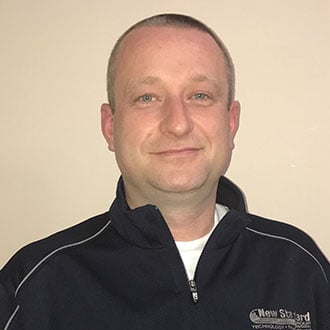
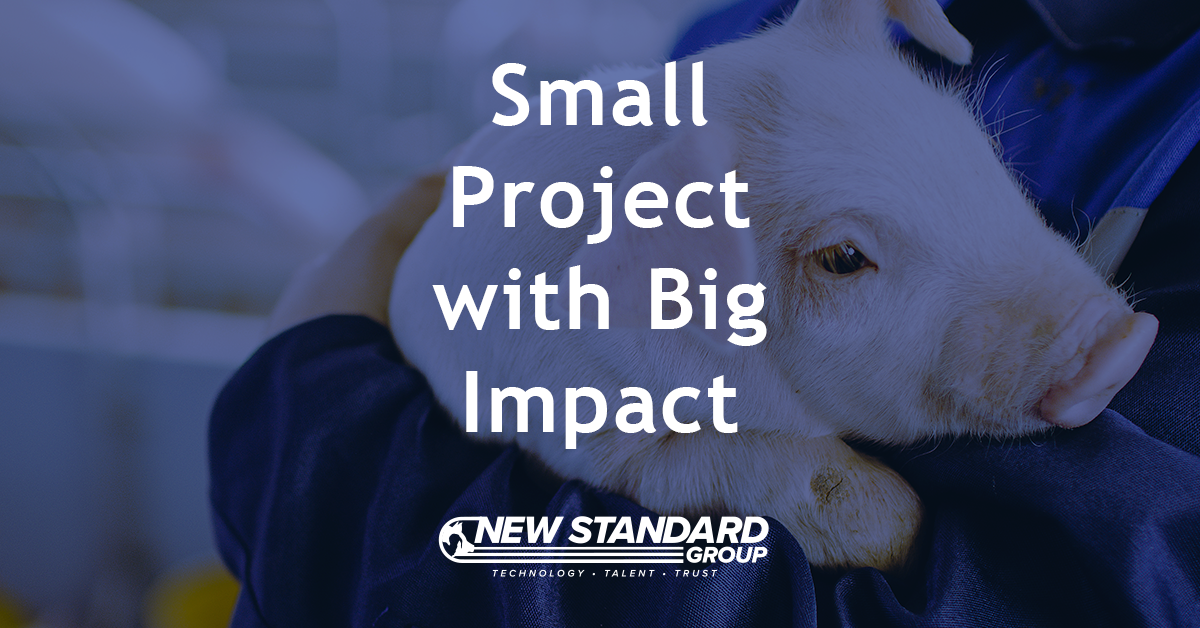

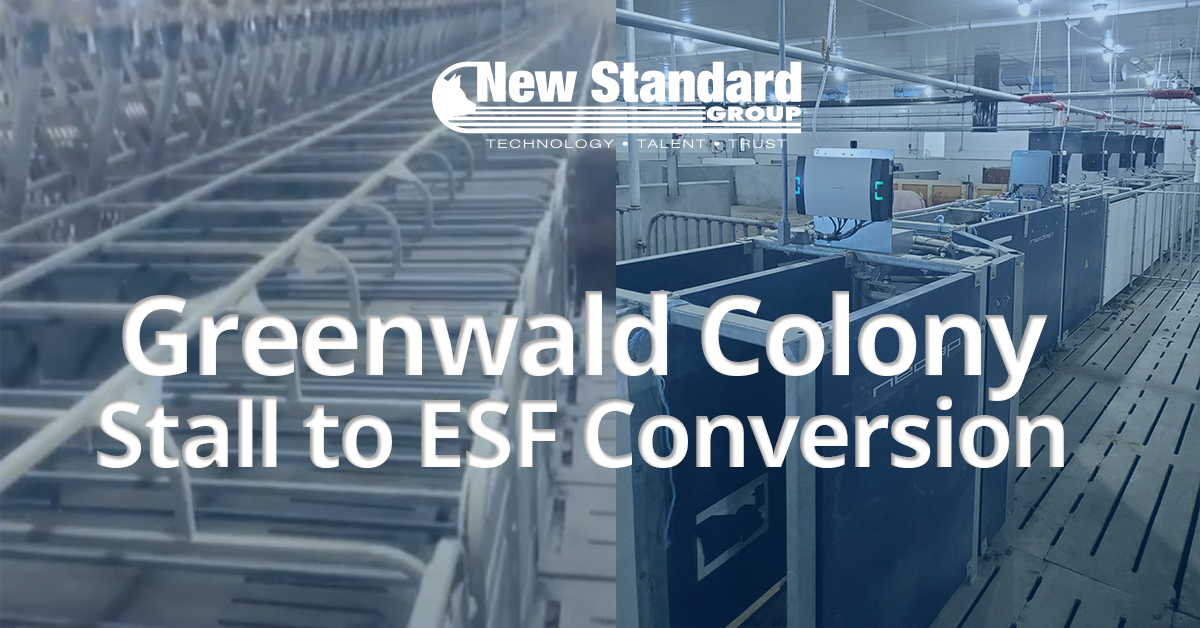
.png)
